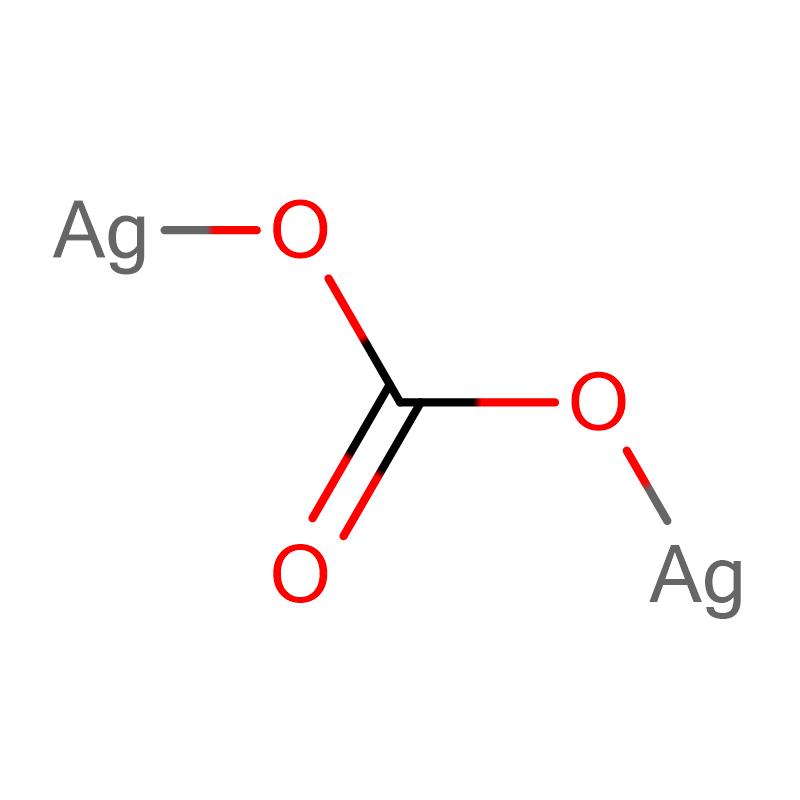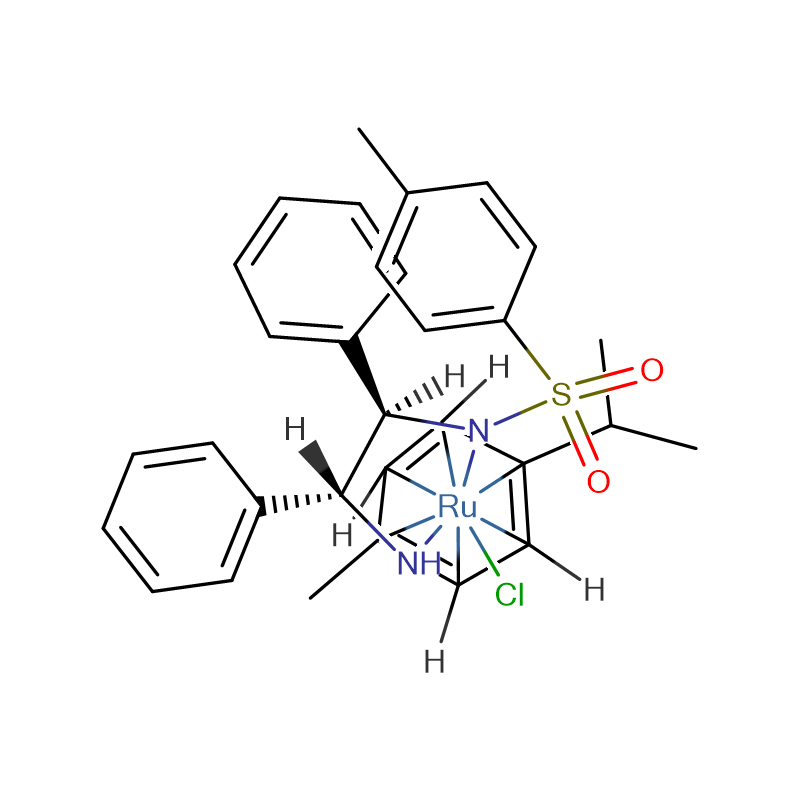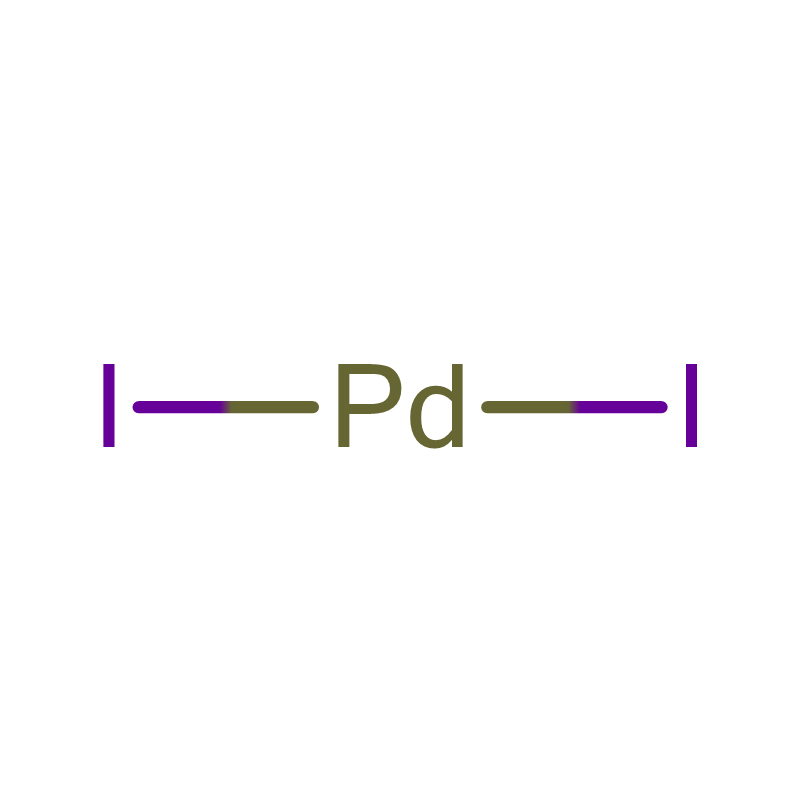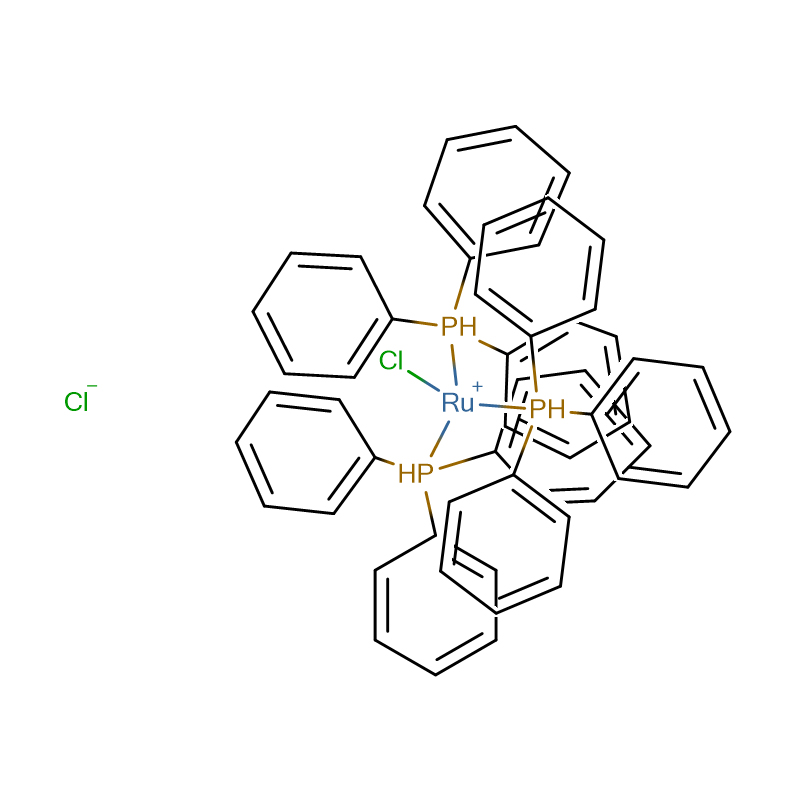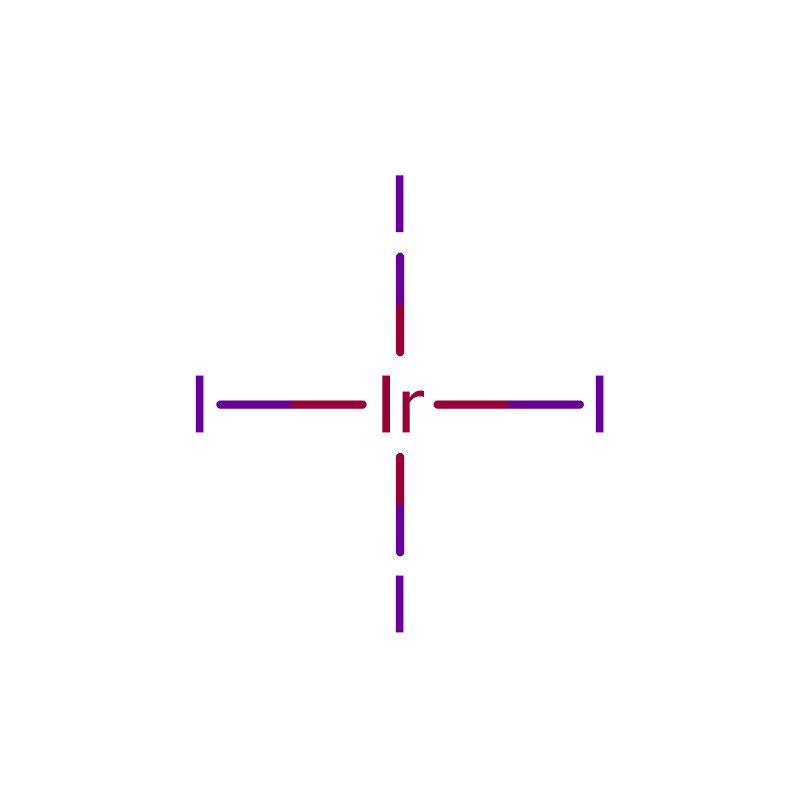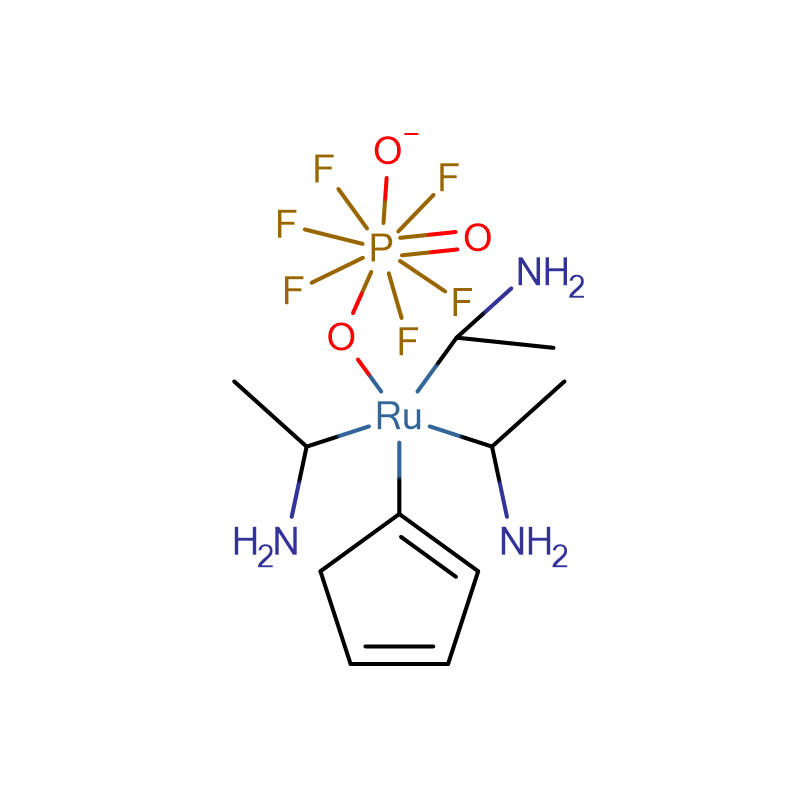Silver carbonate CAS:534-16-7 99%
| Catalog Number | XD90597 |
| Product Name | Silver carbonate |
| CAS | 534-16-7 |
| Molecular Formula | CAg2O3 |
| Molecular Weight | 275.745 |
| Storage Details | Ambient |
| Harmonized Tariff Code | 28432900 |
Product Specification
| Appearance | White to light grey solid |
| Assay | 99% |
The effect of endotracheal tubes (ETTs) impregnated with chlorhexidine (CHX) and silver carbonate (antiseptic ETTs) against Staphylococcus aureus, methicillin-resistant S. aureus (MRSA), Pseudomonas aeruginosa, Acinetobacter baumannii, and Enterobacter aerogenes [organisms associated with ventilator-associated pneumonia (VAP)], was evaluated in a laboratory airway model. Antiseptic ETTs and control ETTs (unimpregnated) were inserted in culture tubes half-filled with agar media (airway model) previously contaminated at the surface with 10(8) cfu/mL of the selected test organism. After five days of incubation, bacterial colony counts on all ETT segments were determined. Swabs of proximal and distal ends of the agar tract in antiseptic and control models were subcultured. The initial and residual CHX levels, (five days post-implantation in the model) were determined. Cultures of antiseptic ETTs revealed colonization by the tested pathogens ranging from 1-100 cfu/tube, compared with approx imately 10(6) cfu/tube for the control ETTs (P < 0.001). Subcultures from proximal and distal ends of the agar tract showed minimal or no growth in the antiseptic ETTs compared with the control ETTs (P < 0.001). The amount of CHX retained in the antiseptic ETTs after five days of implantation was an average of 45% of the initial level. Antiseptic ETTs prevented bacterial colonization in the airway model and also retained significant amounts of the antiseptic. These results indicate that the effectiveness of antiseptic-impregnated ETTs in preventing the growth of bacterial pathogens associated with VAP may vary with different organisms.Copyright 2004 The Hospital Infection Society


